I both love and hate my knees.
I mean, when you consider how much loading, how much pressure goes through that part of your leg as you ascend and descend a hill, it’s hard not to find knees anything short of miraculous.
But, when they start obstructing rather than facilitating your hillwalking? Hmm.
I’m very much in the latter camp just now, having noticed a weakness in my knees back in February. Not a pain, not even an ache. Just a vague feeling that some strength was lacking. Put simply, I was aware of my knees when normally I’m not.
I sensed problems ahead, so went to see a sports physiotherapist.
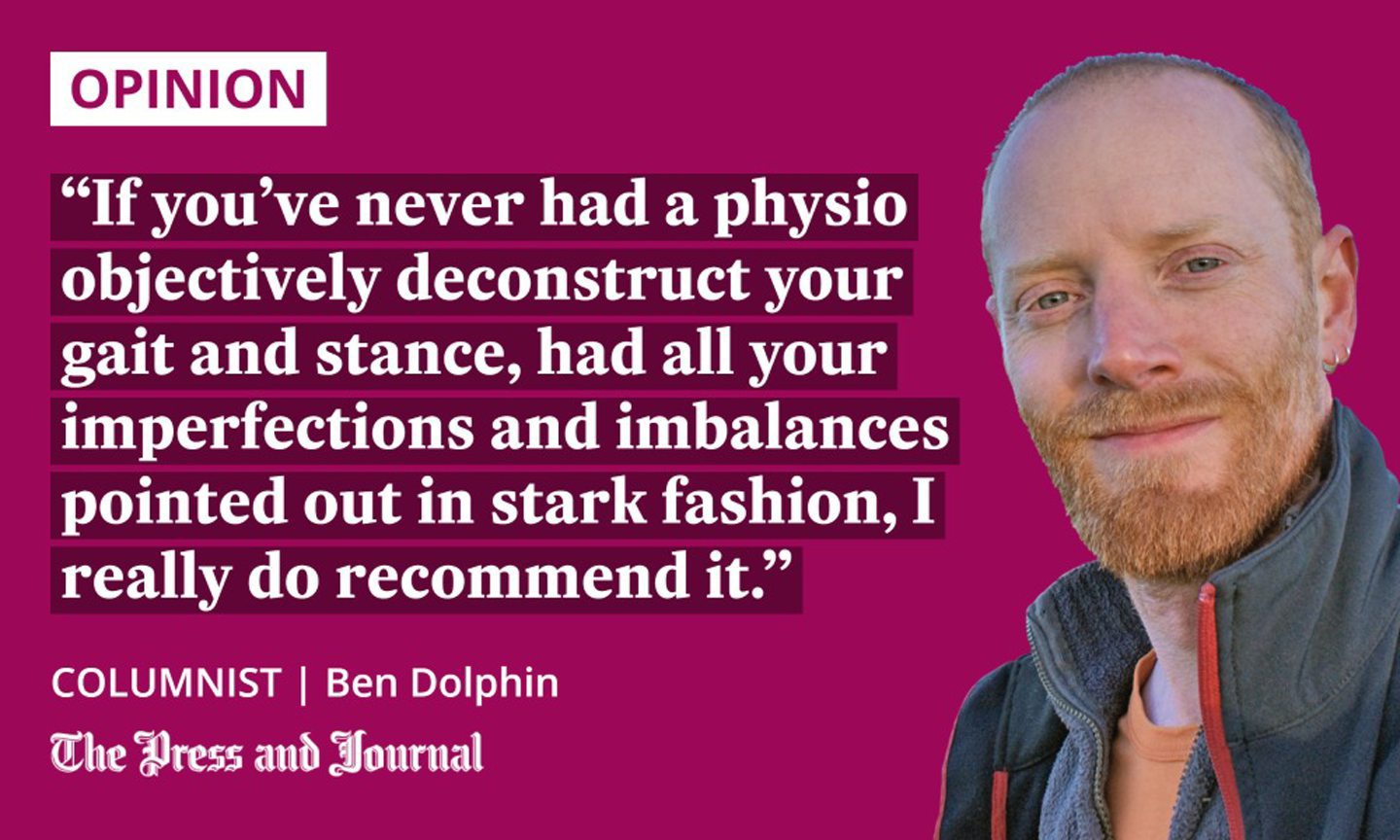
If you’ve never had a physio objectively deconstruct your gait and stance, had all your imperfections and imbalances pointed out in stark fashion, I really do recommend it. It’s morbidly fascinating to have them identify all the weird maladjustments your body has subconsciously adopted in order to avoid or make up for weaknesses elsewhere.
That your body can find ingenious workarounds without you even thinking about them is genuinely amazing, but these have a sad tendency to exacerbate your problems. The very way you walk can fundamentally change.
One leg looked like it belonged in a KFC bucket
It took me ages to realise I was unconsciously shuffling my steps as I approached a step up, so that I was always leading with my stronger leg. When I got up out of a chair, I’d always push off with the better leg.
It’s insidious. The strong leg is used more and gets stronger, the weak leg is sidelined and gets weaker. No wonder my good thigh looks like it’s training for Tour de France, while the rubbish one looks like it belongs in a KFC bucket.
When my physio pointed out the chicken drumstick, I groaned inwardly, for this was all depressingly familiar.
Back in 2014 or 2015, I had an 18-month run of knee pain, for which I went as far as having an X-ray. I was hoping they’d find some tiny fragment of cartilage, some “thing” that could be removed or resolved in an instant by someone other than me.
But, nope, the X-ray was fine. Instead, the pain was attributed to a muscular imbalance in my leg, which was causing the kneecap to get pulled off track. Ouch!
When my knees are in trouble, I’ll try anything
I don’t know what’s caused this latest round, but because I’ve been feeling pain and weakness in both knees at the same time, I’ve wondered if perhaps my last job had something to do with it.
The weakness has been addressed by strengthening all manner of muscles, and not necessarily those in close proximity to the knee itself
Before the pandemic, my job was very active, with lots of outdoor walking, but then it became much more office-based. I could go weeks without really leaving my desk, and I guess it’s not surprising if leg muscles get weaker under those circumstances.
In both cases, the weakness has been addressed by strengthening all manner of muscles, and not necessarily those in close proximity to the knee itself. The interconnectedness of it all amazes me, even now.
Quadriceps, hip flexors, glutes (your bum!) – they’ve all been prescribed a workout. My physio even had me marching around the hills like I was at Sandhurst, deliberately and exaggeratedly swinging my arms to get the bum muscles firing.
I looked ridiculous, but I honestly didn’t care, because when the knees are in trouble I’ll try absolutely anything. They’re that important.
There are no quick fixes for joint health
Nobody else can do all this for you, of course, which is why so many of us fall off our road to recovery. Physio exercises are a complete and utter drag, and if anyone says otherwise, they’re lying.
Trying to shoehorn them into your (probably faff-filled) day is a challenge. I have an annoying habit of putting exercises off until just before bedtime, intending to do them, but then I’m genuinely too tired.
But, despite these misfires, I do persevere, because in my experience there are no quick fixes. It’s been four months, and I’m only now starting to have weeks when the good days outnumber the bad. There’s still a way to go, but I do at least have hope that I might be able to descend steep hills again without too much aggravation.
A long and very wet day on very steep ground looking for montane willows 🙂 Ended with sunshine though! #rangerdailydiary pic.twitter.com/sRnbHTi9J3
— Ben Dolphin 🏴❄️🇺🇦 (@CountrysideBen) June 29, 2022
Nevertheless, this does feel like a longer road than before, with signs of recovery more elusive. I can’t help wondering if we all just have a finite numbers of steps in our knees.
Still, ageing or not, I know I could have staved off this latest knee episode. My recurring mistake is that, when the pain subsides, I consider it job done. The exercises and stretches stop, I head off to the hills, happy – but the same steady deterioration gradually reasserts itself.
Somewhat belatedly, therefore, I finally realise that hillwalking in itself isn’t enough to stay hill fit. I need to do muscle strengthening and stretching if I hope to keep visiting those high summits.
Ben Dolphin is an outdoors enthusiast, countryside ranger and former president of Ramblers Scotland
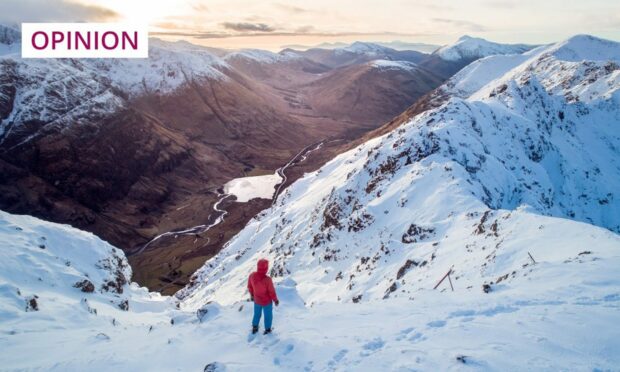
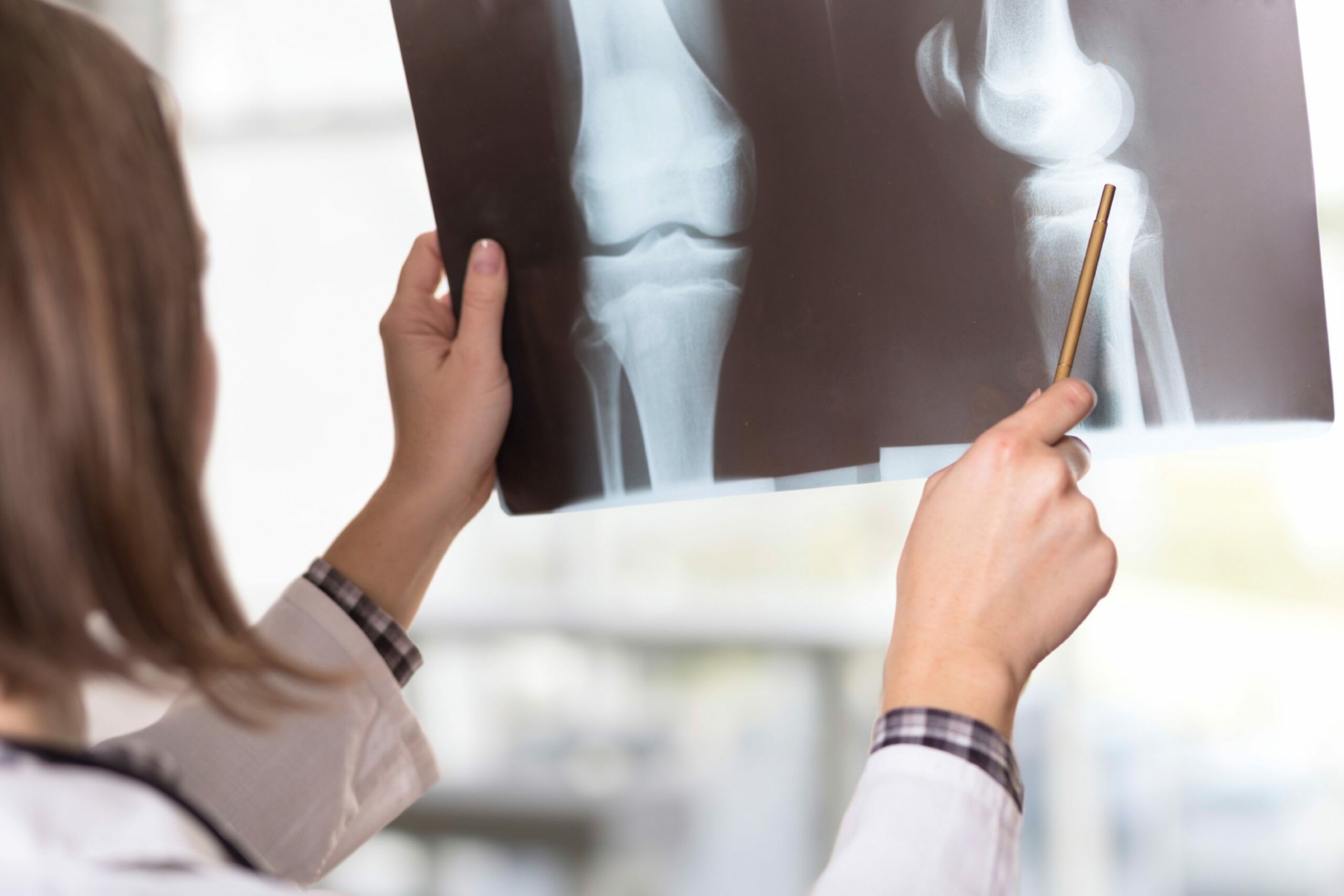
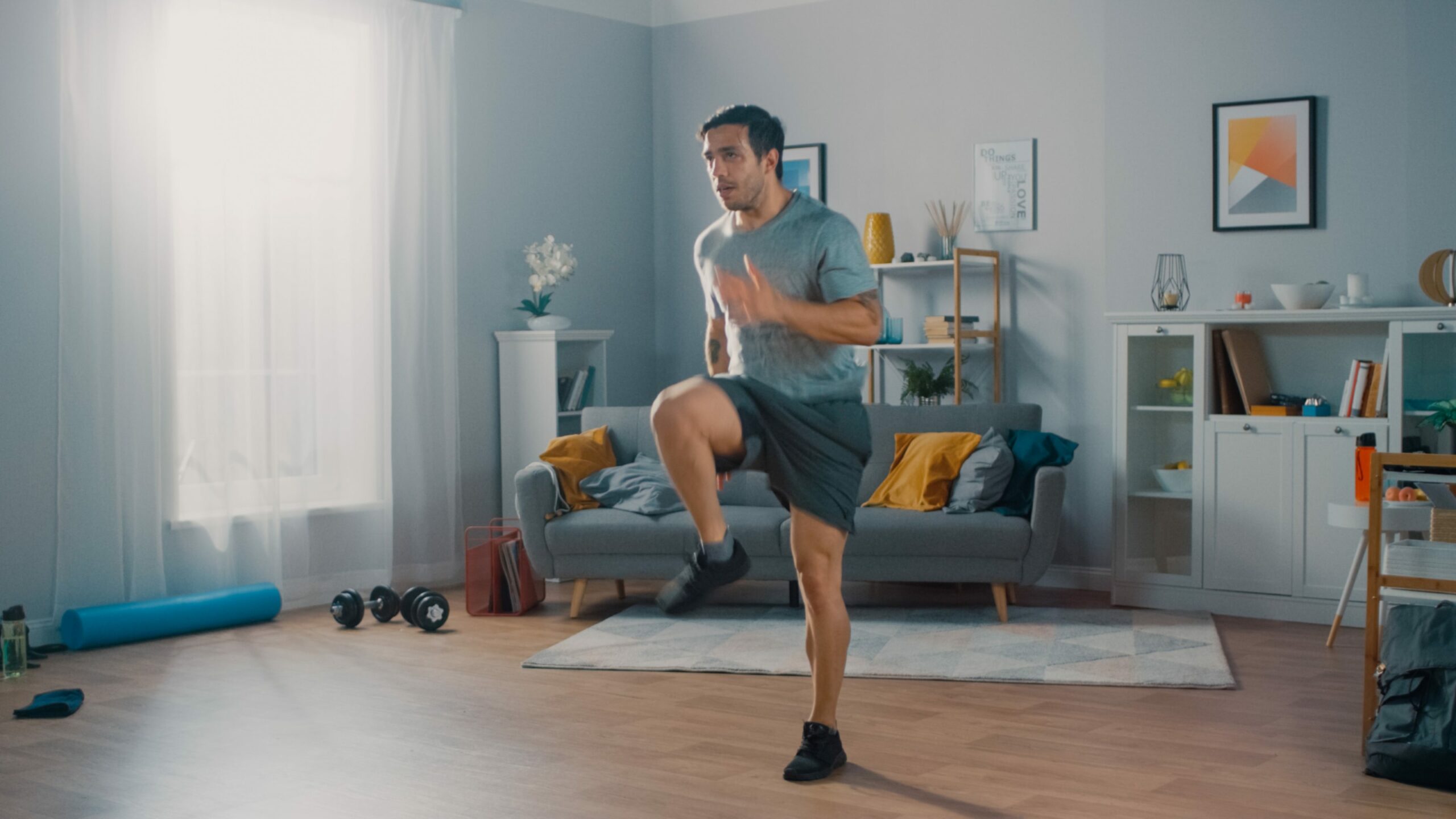
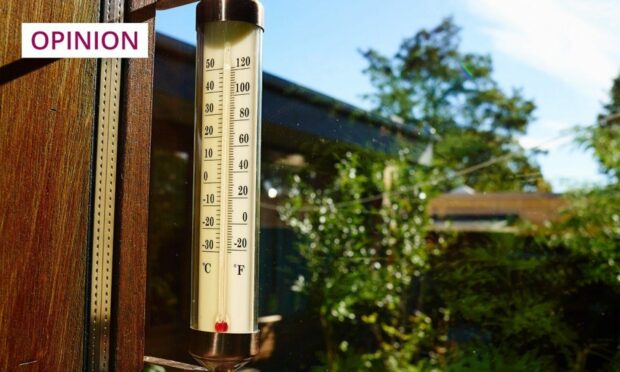

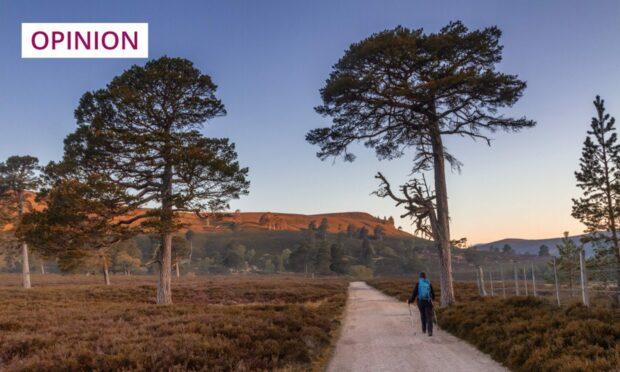
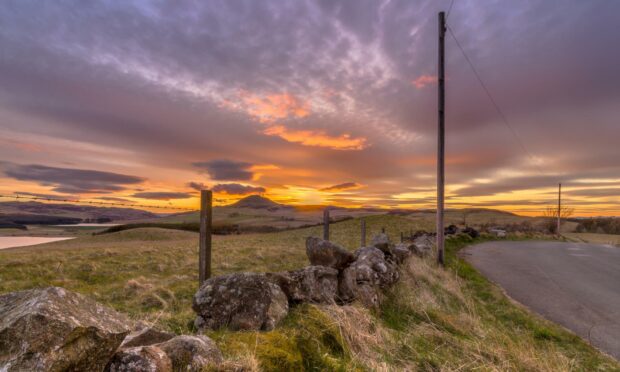
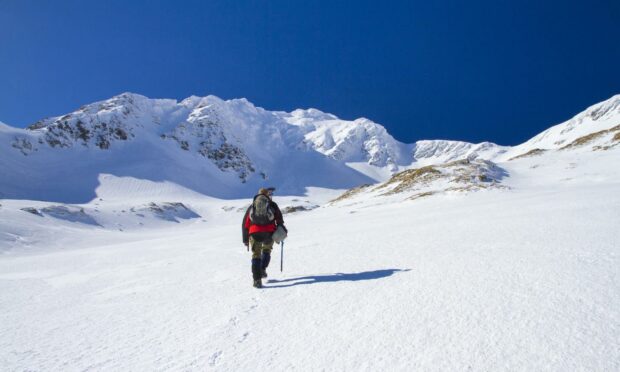
Conversation